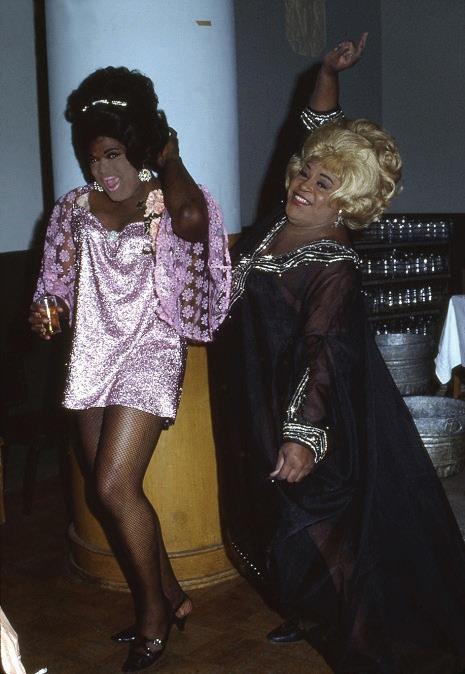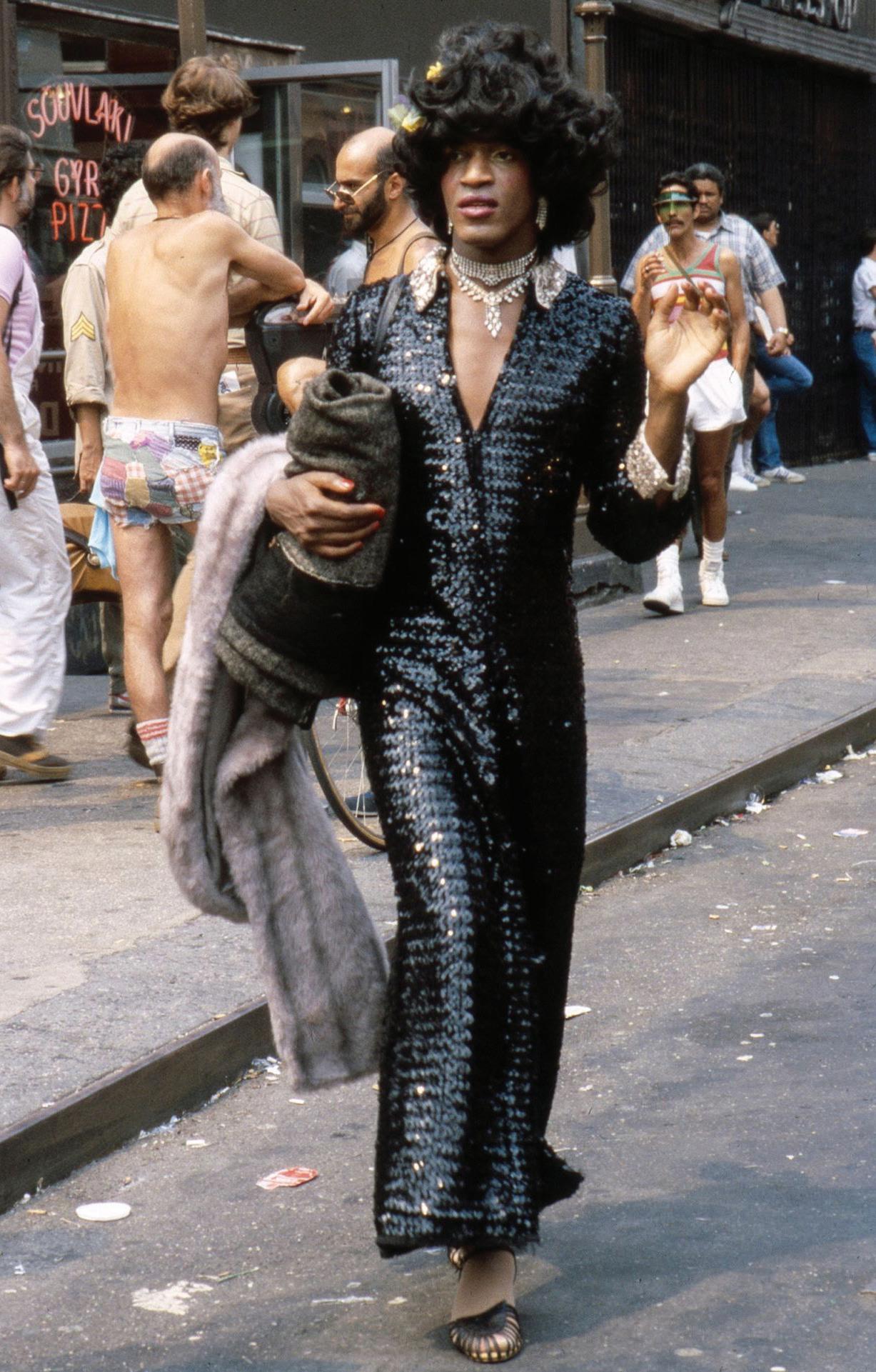
1 minute read
Politics
from Drag magazine
by JaylahJones
As an art form and a social and political statement pioneered by gay men and transgender women, drag made up a culture and community of its own, always on the cutting edge of underground art scenes and queer subcultures.
Drag queens were a central presence at the Stonewall Riots in New York, fighting for their rights and the rights of their communities. Now, dragʼs seemingly entered a new era; becoming increasingly more popular, and entering the mainstream media landscape.
Advertisement
Even after the counterculture movement took over the ’60s and sizable LGBTQ communities were forming in major cities, dressing in drag in public could still be dangerous. Police regularly raided gay bars in the US – until the late ‘60s, Jeffreys said, it was illegal for bars in New York to serve a drink to a “known homosexual.”
Despite the pervasive danger of living authentically, drag performers in this era also experimented with the traditional drag format. Queens founded their own drag houses – and chosen families in the process; for many Black and Latino queer and trans people this was a reaction to the racism they faced within the gay pageant scene. This was also the era when lip syncing became the norm, Jeffreys said, and drag became less binary – “genderf**k” drag was used to describe some performers who weren’t easily defined as masculine or feminine.
Offstage, many queens led collective efforts to aid queer and trans people. When the AIDS crisis worsened in the ’80s, groups like the Sisters of Perpetual Indulgence in San Francisco raised money to house AIDS patients and pay for their health care. Others gladly hosted events or lent their talents to fundraising efforts.








